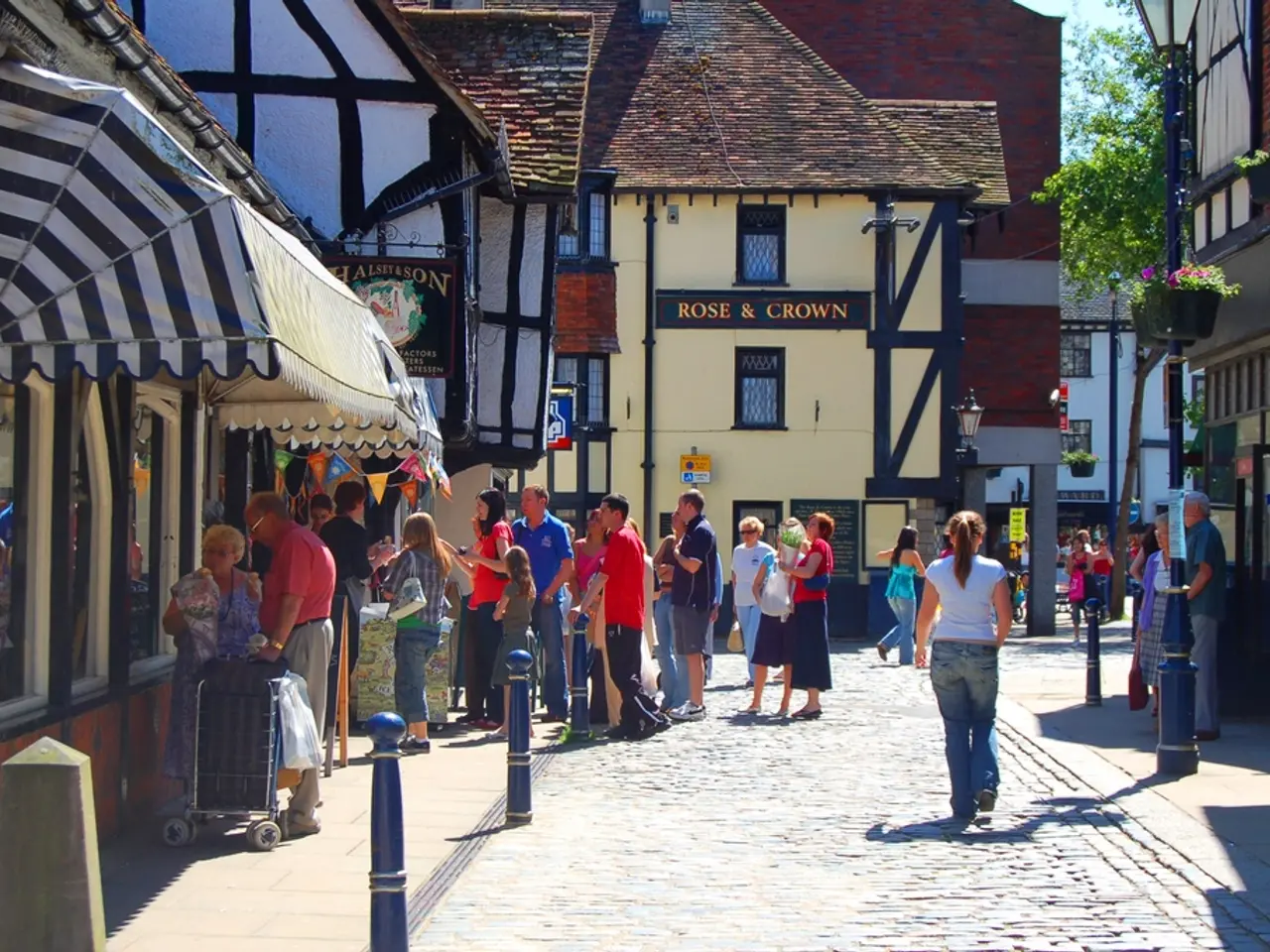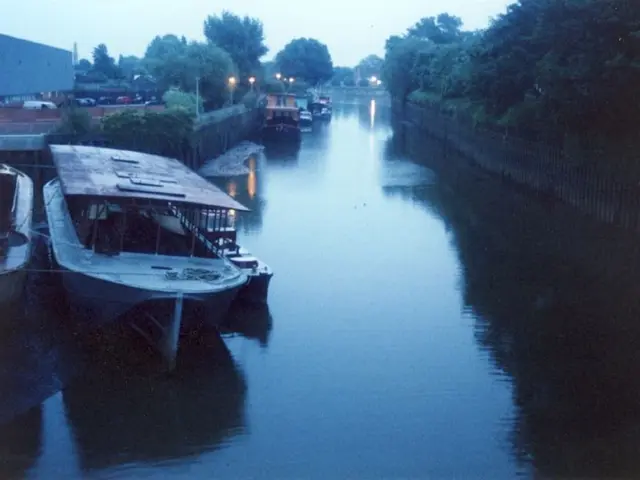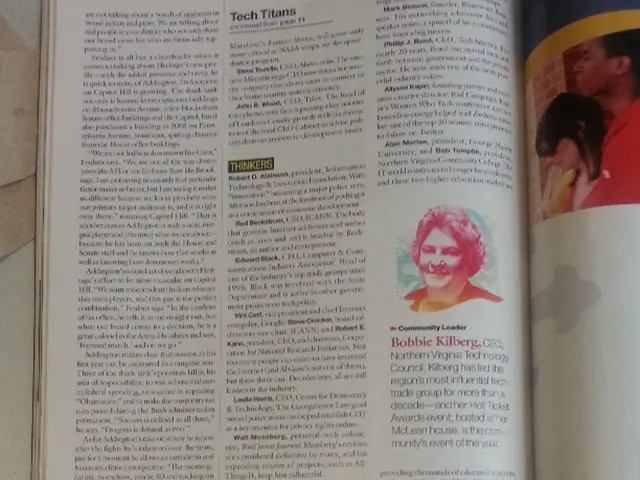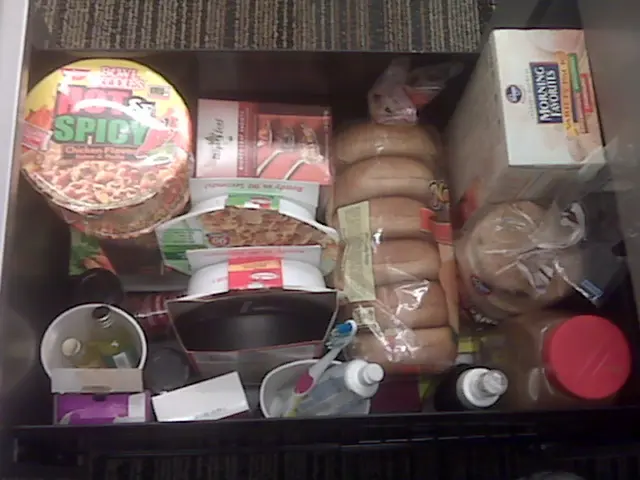Discovering the Impact of Main Street Flushing: A Journey through the Pulsating Heart of Queens
In the heart of Queens, New York, lies a bustling street that has been a hub of activity since the 17th century - Flushing Main Street. Established by Dutch settlers as part of the New Netherland colony, it was named Vlissingen after a Dutch city.
From its early days, Flushing was notable for its diversity and cultural values, a rarity at the time. One of the most significant historical moments that demonstrated this commitment to diversity was the Flushing Remonstrance of 1657. When Peter Stuyvesant, the governor of New Netherland, issued a decree prohibiting Quaker worship, residents of Flushing protested this ban. Their petition, known as the Flushing Remonstrance, boldly asserted their right not only to practice their own beliefs but to respect the diverse faiths of others.
Over the centuries, Flushing remained largely residential and suburban, with working-class families and small local businesses. However, its transformation into a commercial and multicultural hub intensified in the 20th century, especially following the 1965 Immigration and Nationality Act, which abolished national origin quotas. This led to a large influx of Asian immigrants, predominantly Korean and Chinese, turning Flushing Main Street into a culturally vibrant area full of restaurants, shops, and community institutions that serve a diverse immigrant population today.
Today, Flushing Main Street is a melting pot of cultures, offering a diverse range of cuisines that cater to the area's multicultural population. From halal carts and Korean fried chicken spots to bubble tea, Chinese restaurants, Vietnamese pho spots, hot pot, bakeries, and more, there's something for everyone.
The street is deeply embedded in the day-to-day life and function of the city. It acts as an educational anchor, with schools like John Bowne High School and Flushing High School, and a portal for many commuters, with the Long Island Rail Road (LIRR) station located near the library, connecting all four counties of Long Island.
The Queens Public Library at Flushing serves as an essential resource for families, students, and seniors, while the neighbourhood's atmosphere reflects its function: dense, active, and local. Tangram and SkyView Center, located a few blocks away, have added modern shopping spaces to the neighbourhood, further enhancing its commercial vitality.
Despite the chaos, there's a comforting energy that permeates Main Street. Vendors shout out prices and specials, and the air is filled with the smell of fruit and chestnuts. Buses and cars honk as they move through the narrow streets and tight intersections, adding to the unique energy that is both chaotic and comforting for many locals.
In summary, Flushing Main Street’s history reflects its origins as a Dutch settlement with a strong early stance on religious freedom, demonstrated by the Flushing Remonstrance, evolving through centuries into a dynamic, diverse urban center known for its immigrant communities and commercial vitality.
- Flushing Main Street's rich history, rooted in its Dutch origins, showcases its early commitment to cultural diversity, as demonstrated by the Flushing Remonstrance of 1657.
- Today, the street serves as a melting pot of cultures, featuring a variety of restaurants, shops, and community institutions that cater to a multicultural population, including halal carts, Korean fried chicken spots, bubble tea cafes, Chinese restaurants, Vietnamese pho spots, and more.
- The street's vibrant energy extends beyond its commercial offerings, with educational institutions like John Bowne High School and Flushing High School playing essential roles in the local community, and the Long Island Rail Road (LIRR) station acting as a portal for many commuters.
- The Queens Public Library at Flushing serves as a valuable resource for families, students, and seniors, contributing to the neighborhood's continued function as a dense, active, and local area.
- Modern shopping centers, such as Tangram and SkyView Center, have added to Flushing Main Street's commercial vitality, while the chaos of vendors, buses, and cars creates a unique energy that is both chaotic and comforting for many locals.




